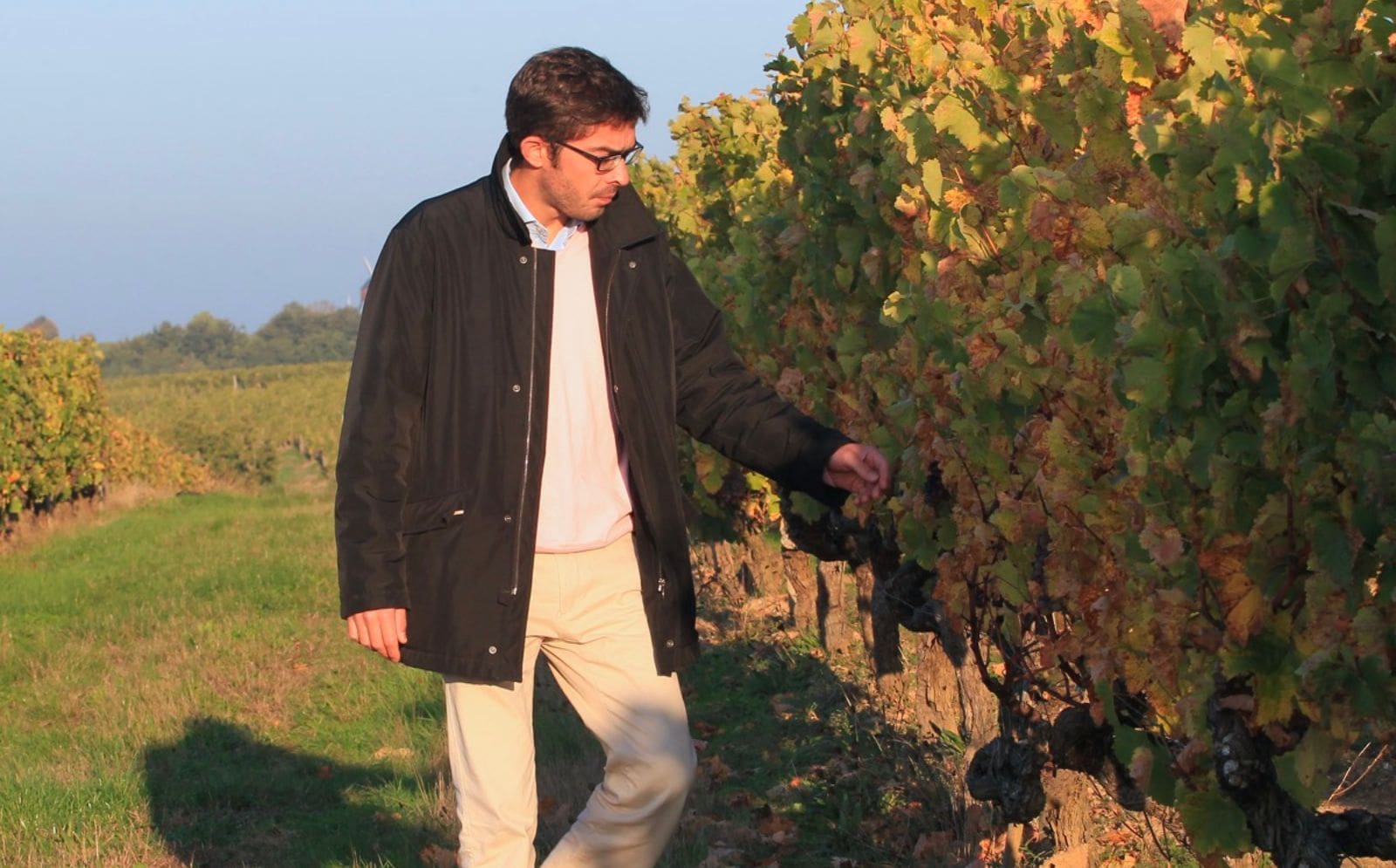Chateau de Fesles
Jean-Pierre Sauvio
“Fesles is the d’Yquem of the Loire Valley” – La Revue du Vin de France
When it comes to Bonnezeaux Chateau de Fesles is intrinsically wound so tight with the virtual fabric of the appellation. Chateau de Fesles has long had a special place in my heart. Situated on one of the highest sites in the Loire in terms of viticulture in the commune of Thouarcé, smack bang in the heart of the Bonnezeaux appellation. Where and what is Bonnezeaux?
To put it in context of the greater region Bonnezeaux sits on the south side of the Loire River with its neighbour Quarts de Chaume, Loire’s only Grand Cru AOP (brought to fame in particular by Domaine de Baumard) just a few kilometres North West, also bordering the Layon, the smaller tributary of the Loire. Going East of the appellation you find Anjou AOP and further still Saumur Champigny. As with many of the great sweet wines produced around the world the relationship to this small river is key in forming the precise microclimate required for botrytis (Noble rot) to occur on the grapes.
Chateau de Fesles in fact own 25% of the total plantings in the Bonnezeaux AOP but chooses not vinify all these grapes into Bonnezeaux, using some of the Chenin Blanc plantings for their Cremant, Coteau du Layon and Anjou Blanc. Unlike the limestone calcareous soils found in Vouvray across the Loire to the North Bonnezeaux and Quarts de Chaume share a similar soil of sandstone Schist & Quartz over clay.
With the Chateau dating back over a 1000 years (built in 1070) and records of wine production starting in the 1870’s when purchased by the Bouvin family it has quite the history in the region. The total property is 50 hectares of which 43 are planted predominantly with Chenin Blanc, Cabernet Franc and a touch of Grolleau. The Domaine will become certified Organic from the 2022 vintage.



